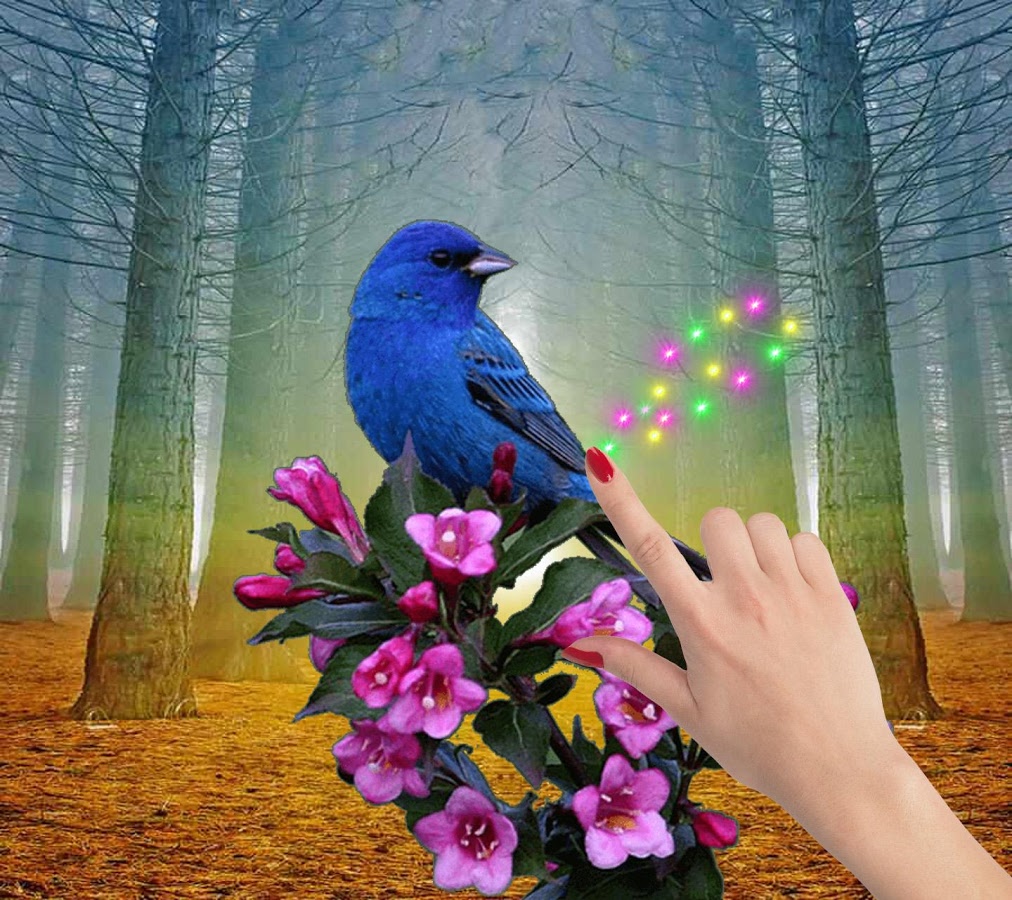

This is akin to touch ID, which was an Apple staple until iPhone 11 came with the more secure and convenient Face ID. And thus, there was not much uproar or disappointment expected when Apple removed the feature. cites Apple’s internal research to reveal that the decision also made sense since not many iOS users were applying Dynamic Wallpapers on their iPhones. Adding a new gesture for lockscreen customisation would have broken this integration and that’s something Apple doesn’t want. Apple decided to stick with the long-press gesture since as a brand it values a seamless ecosystem and consistency over having additional features.īy sticking with the long press gesture, Apple ensured that users who own both iPhone and Apple Watch have a consistent experience on both. This will enable users to pull up customising options on the lockscreen on iPhones with a long press just like Apple Watch. In order to activate the customisable lockscreen on iPhone, Apple had the option to add a new gesture to activate the customisable lockscreen feature or do away with the dynamic wallpaper completely. However, the custom lockscreen on Apple Watch required users to long-press on the display to be able to customise it. Basically, Apple simply migrated the custom lockscreen from the Apple Watch to the iPhone. However, this turned out to be an issue when Apple introduced the customisable lockscreen with iOS 16. Live wallpaper works on the lock screen (Lock screen), so if you select the main screen (Home screen), it will appear as a still image.Notably, Apple introduced multiple Dynamic Wallpapers with iOS 11, where users could apply a live photo to the homescreen or lockscreen, which moved when the user long-pressed the display after applying. Click 'Set Lock Screen', 'Set Home Screen' or 'Set both' to choose how to use the wallpaper. Next, click Set to confirm your selection.Ħ. Go to 'Wallpaper' in the Settings app, select 'Choose a New Wallpaper,' then choose your live photo. Make sure you get the full screen preview by selecting what you want, then press and hold the screen to see it animated.ĥ. Tap the cameraiconat the bottom of the screen to open your photo from your camera roll. Then, if you haven’t already, download and launch LucidPixfrom the Apple App Store. Click Live to set the live wallpaper on the lock screen. Step 1: Convert Your Wallpaper To 3D First, select a photo that you would like to use as your wallpaper and save it to your camera roll. Next, find Wallpaper from the settings list and click to open. Go to the iPhone home screen and press Settings.Ģ. Apple offers and groups different types of built-in wallpapers. Select the Choose a New Wallpaper option. It also eliminates the boredom of using and having to change still photos every day to get interesting background for iPhone. In the Settings menu, scroll down and tap on Wallpaper. The Live Wallpaper feature provides interesting and easy ways to make your iPhone fit your style, as well as your preferences. If you're tired of using old stills as your iPhone wallpaper, you can switch to live wallpaper.


 0 kommentar(er)
0 kommentar(er)
